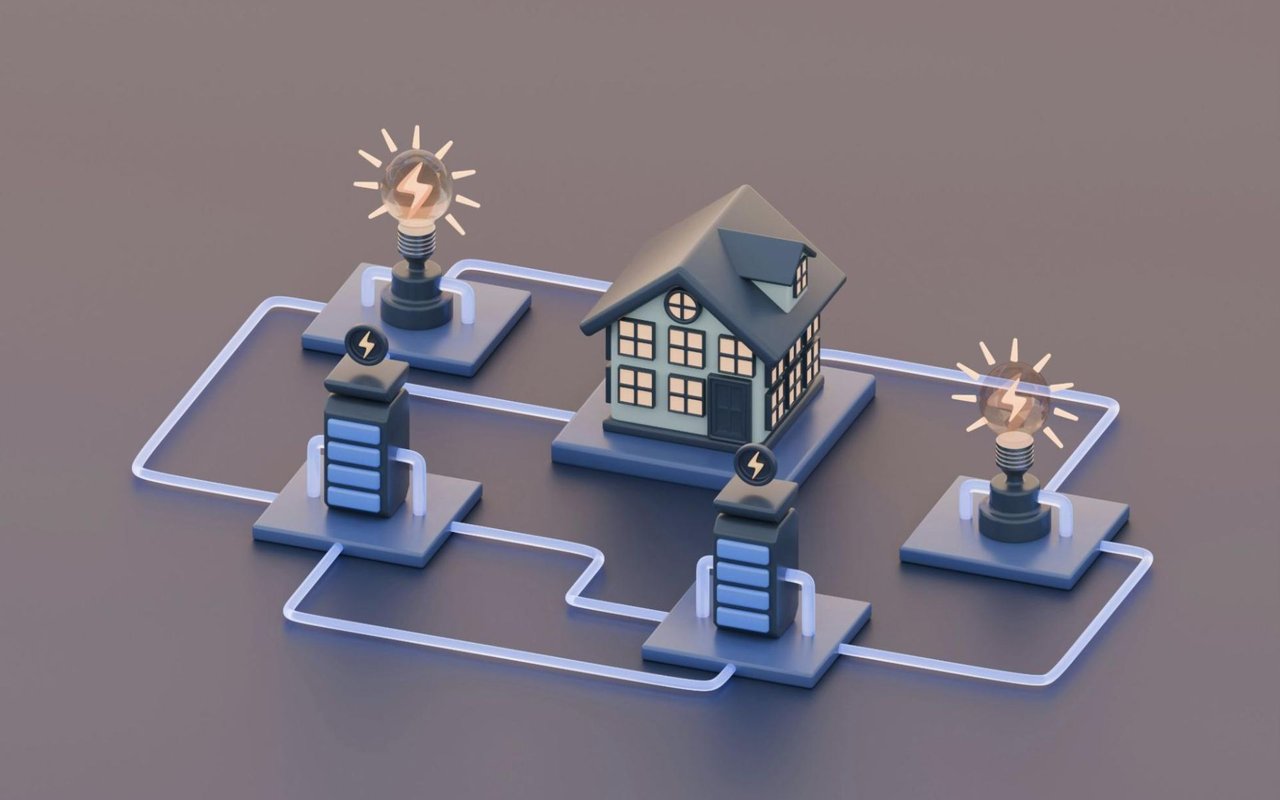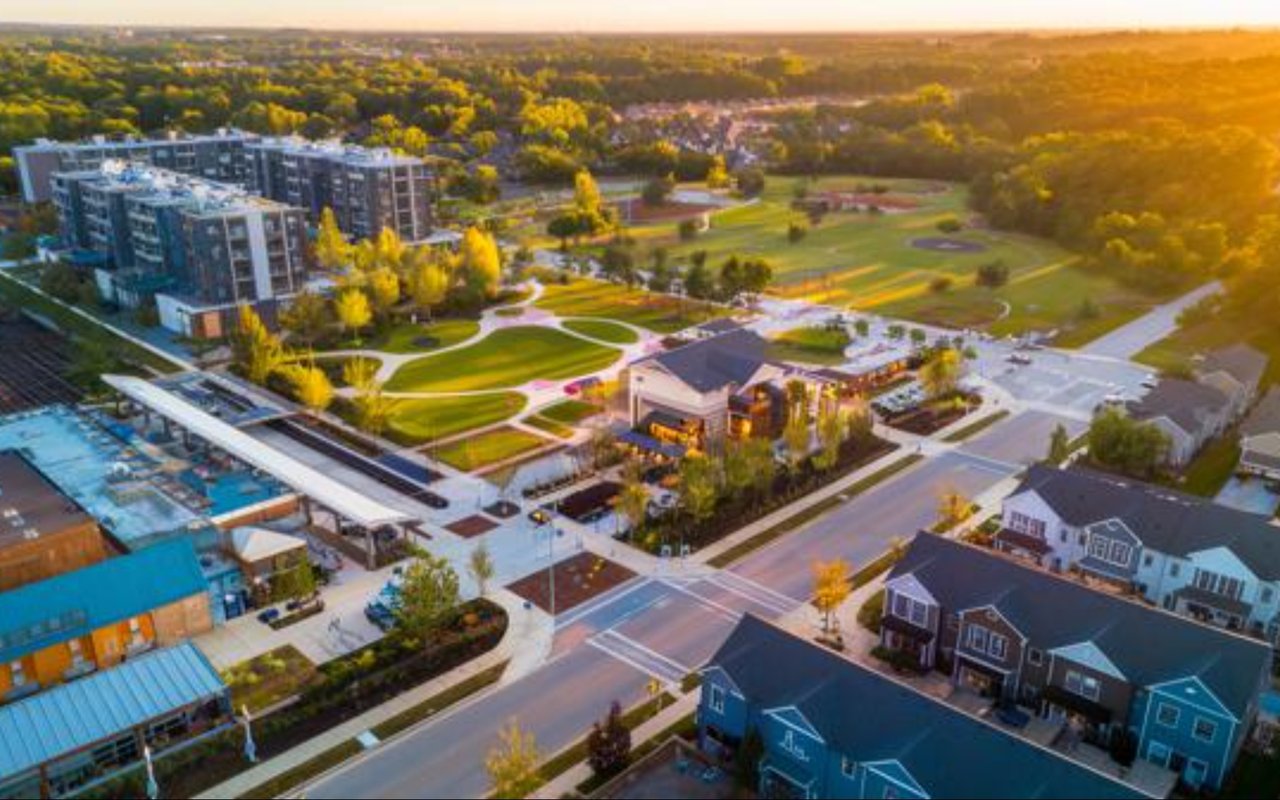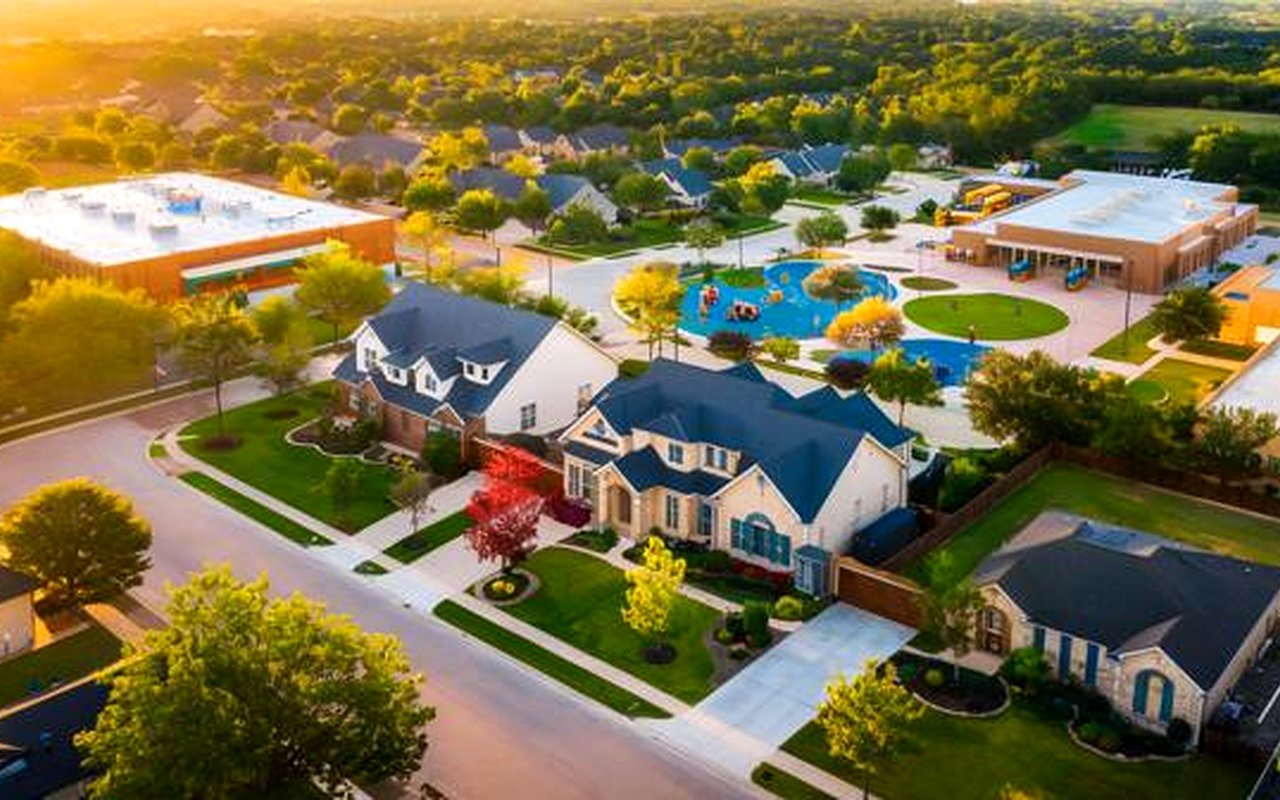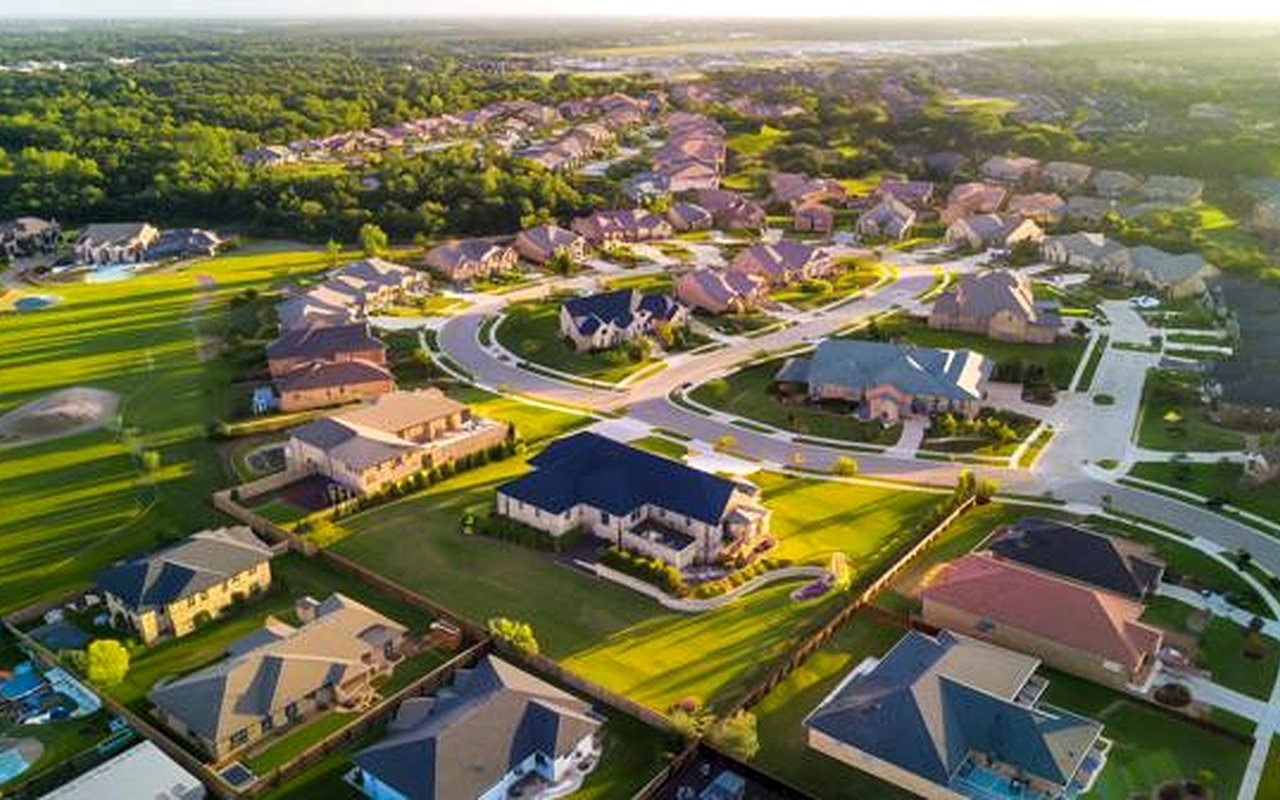Energy efficiency is a growing priority for many homeowners who want to reduce their utility costs and lessen their environmental impact. Fortunately, improving your home’s energy efficiency doesn’t require an extensive investment.
In fact, with some well-executed upgrades and thoughtful habits, you can make your home more energy-efficient while boosting comfort and increasing your property’s value. Read on to explore several practical, cost-effective solutions for making your Richardson home more energy-efficient.
Conduct an Energy Audit
An energy audit is the first step in determining the most effective improvements to focus on. Professional energy auditors use specialized equipment, such as blower door tests, thermographic imaging, and infrared cameras, to pinpoint drafts, insulation gaps, and inefficient appliances.
A full professional energy audit typically costs between $300 to $500, depending on the size of your home. However, many utility companies offer discounted or even free energy audits, so it’s worth checking with your provider.
If you’re looking for a more cost-conscious route, a DIY energy audit is another option. Walk through your home and check for drafts near windows and doors. Inspect the insulation in accessible areas, and note any outdated appliances that may be consuming excess energy. Use this information to prioritize the upgrades that will give you the best return on investment.
Seal Air Leaks
Drafts from gaps around windows, doors, and your foundation allow heated or cooled air to escape, causing your HVAC system to work harder than necessary. Over time, this translates into higher energy bills. Thankfully, weatherstripping and caulking are easy and affordable solutions.
Weatherstripping is ideal for sealing movable components like windows and doors. It comes in various forms, such as adhesive-backed foam tape, V-shaped strips, and metal seals, all of which create an airtight barrier that reduces drafts.
Caulking is used to seal stationary components, such as window frames, baseboards, and areas where plumbing or electrical wiring enters your home. A tube of caulk costs around $5 to $10 and can prevent energy loss for years if applied correctly. These simple DIY fixes can make a noticeable difference in your energy bills.
Energy-Efficient Windows
While sealing leaks is an effective short-term fix, upgrading to energy-efficient windows provides long-term benefits. Older windows, especially single-pane ones, allow a substantial amount of heat to transfer between the inside and outside of your home, leading to higher heating and cooling costs.
Energy-efficient windows, designed with advanced technologies like low-emissivity (Low-E) coatings and multiple panes, can notably reduce this heat transfer. Double or triple-pane windows add further insulation, with an inert gas, like argon, often sandwiched between the panes.
Although the initial cost of upgrading your windows can be expensive, homeowners can recoup these costs through lower energy bills. Additionally, they may qualify for tax credits or rebates.
Insulation
Without adequate insulation, heated or cooled air escapes through your walls, roof, and floors, forcing your HVAC system to work harder to maintain a comfortable temperature. Older homes, in particular, may have insufficient or degraded insulation. If you notice that your home is difficult to keep warm in the winter or cool in the summer, upgrading insulation is a cost-effective solution.
Fiberglass batt insulation, blown-in cellulose, and spray foam are among the most common types of insulation. Each has its pros and cons, with spray foam offering the best air-sealing capabilities but at a higher cost. On the other hand, fiberglass and cellulose are more budget-friendly and still provide energy savings.
Install a Programmable Thermostat
A programmable thermostat is a minor investment that can yield considerable savings on your energy bills. These thermostats allow you to set a schedule for your heating and cooling system, ensuring it only runs when necessary.
Basic programmable thermostats can cost as little as $30, while smart thermostats, such as the popular Nest or Ecobee, offer advanced features like remote control via smartphone, learning algorithms that adjust based on your habits, and integration with other smart home devices. Smart thermostats can cost between $100 and $250 but offer greater flexibility and energy savings over time.
Energy-Efficient Appliances
Old, inefficient appliances can be a major drain on your home’s energy resources. Upgrading to energy-efficient models, particularly those with the ENERGY STAR® label, can significantly reduce your energy consumption. These appliances meet strict efficiency guidelines set by the U.S. Environmental Protection Agency and Department of Energy, ensuring they use less energy without compromising performance.
When shopping for new appliances, look for options that offer energy-saving features, such as low water usage in dishwashers and washing machines or low power modes in refrigerators and ovens. These appliances may cost more initially, but the savings on your energy bill will quickly add up.
LED Lighting
Lighting accounts for a substantial portion of a home’s energy usage, but it’s also one of the easiest areas to improve. Replacing incandescent bulbs with energy-efficient LED bulbs is a straightforward, affordable way to reduce energy consumption. LEDs use up to 75% less energy than traditional incandescent bulbs and last much longer, making them a cost-effective solution.
LED bulbs are available in a variety of styles, colors, and brightness levels, so you can easily find options that suit your home’s lighting needs. Unlike incandescent bulbs, which emit most of their energy as heat, LEDs are highly efficient and stay cool to the touch, which can also reduce cooling costs in the summer.
Utilize Ceiling Fans
Ceiling fans offer a simple yet effective way to improve your home’s energy efficiency. In the summer, ceiling fans create a wind-chill effect, allowing you to set your thermostat higher while still feeling cool. In the winter, reversing the direction of the fan blades pushes warm air down from the ceiling, helping to circulate heat. While it doesn’t replace your HVAC system, using ceiling fans in conjunction with heating and cooling can lower your energy bills.
Shade Your Windows
Natural sunlight can help brighten your home, but it can also lead to unwanted heat gain during the summer. A simple, affordable solution is to shade your windows with blinds, curtains, or shades to help regulate indoor temperatures. Cellular shades, in particular, are highly effective. Their honeycomb structure traps air, providing insulation. These shades come in various styles and colors, making it easy to find options that complement your décor.
In addition to interior window treatments, external shading options like awnings, pergolas, or shade trees can further reduce solar heat gain. By blocking direct sunlight before it reaches your windows, these solutions help lower indoor temperatures and reduce the need for air conditioning.
Improving your home’s energy efficiency doesn’t have to be an expensive, complicated process. By making smart, cost-effective upgrades, you can reduce your energy consumption and lower your utility bills.
Begin your journey in Richardson real estate today with
Roots Brokerage by your side.










